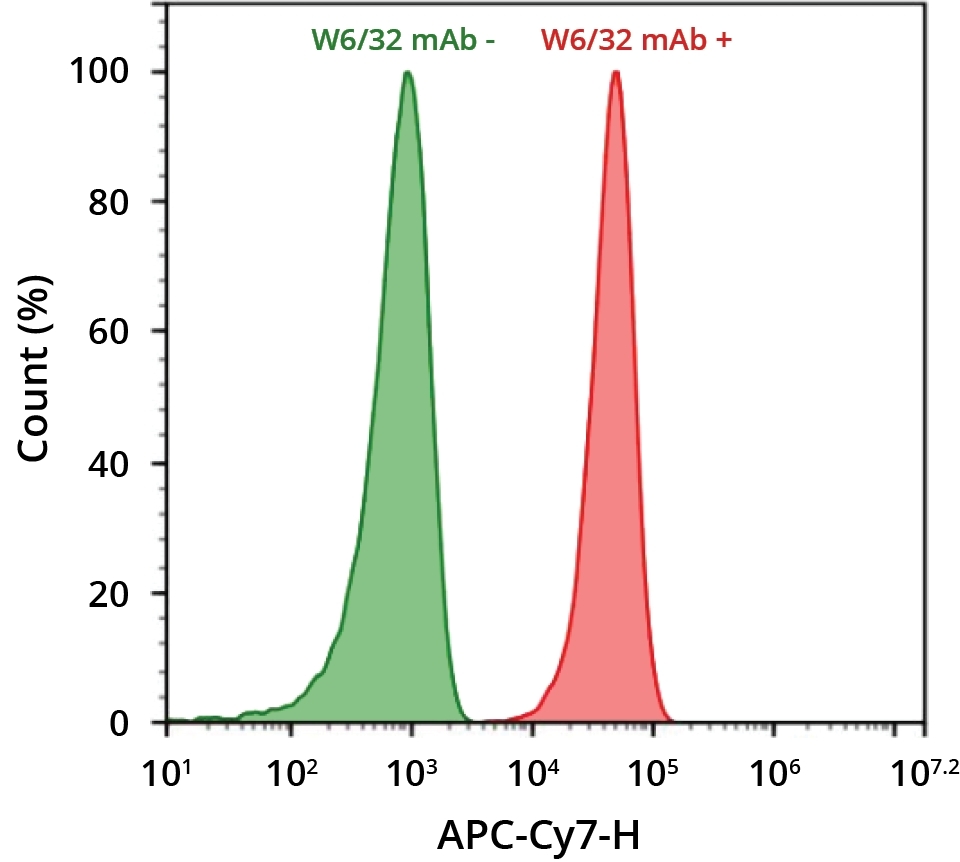ReadiLink™ xtra Rapid iFluor® 750 Antibody Labeling Kit
BSA-Compatible
ReadiLink™ xtra rapid antibody labeling kits require essentially only 2 simple mixing steps without a column purification needed. Preactivated iFluor® 750 used in this ReadiLink™ kit is quite stable and shows good reactivity and selectivity with antibodies. The kit has all the essential components for labeling ~2x50 ug antibody. Each of the two vials of preactivated iFluor® 750 dye provided in the kit is optimized for labeling ~50 µg antibody. ReadiLink™ xtra iFluor® 750 rapid antibody labeling kit provides a convenient and robust method to label monoclonal and polyclonal antibodies with the bright NIR fluorescent iFluor® 750 fluorophore. AAT Bioquest's iFluor® dyes are optimized for labeling proteins, in particular, antibodies. These dyes are bright, photostable and have minimal quenching on proteins. They can be well excited by the major laser lines of fluorescence instruments (e.g., 350, 405, 488, 555 and 633 nm).

Figure 1. Overview of the ReadiLink™ xtra Rapid Antibody Labeling protocol. In just two simple steps, and with no purification necessary, covalently label microgram amounts of antibodies in under an hour.


| Catalog | Size | Price | Quantity |
|---|---|---|---|
| 1965 | 2 Labelings | Price |
Spectral properties
| Correction factor (260 nm) | 0.044 |
| Correction factor (280 nm) | 0.039 |
| Correction factor (565 nm) | 0.0250 |
| Correction factor (650 nm) | 0.1413 |
| Extinction coefficient (cm -1 M -1) | 275000 1 |
| Excitation (nm) | 757 |
| Emission (nm) | 779 |
| Quantum yield | 0.12 1 |
Storage, safety and handling
| H-phrase | H303, H313, H333 |
| Hazard symbol | XN |
| Intended use | Research Use Only (RUO) |
| R-phrase | R20, R21, R22 |
| UNSPSC | 12171501 |
Documents
Contact us
| Telephone | |
| Fax | |
| sales@aatbio.com | |
| International | See distributors |
| Bulk request | Inquire |
| Custom size | Inquire |
| Technical Support | Contact us |
| Request quotation | Request |
| Purchase order | Send to sales@aatbio.com |
| Shipping | Standard overnight for United States, inquire for international |
Page updated on December 13, 2025

